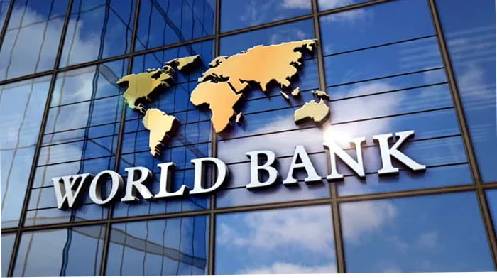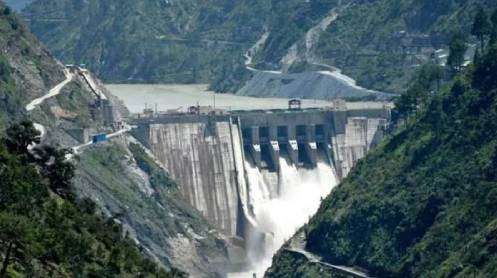ISLAMABAD: In a surprising revision, the World Bank has upgraded Pakistan’s GDP growth forecast to 3 per cent for the current fiscal year—up from its earlier estimate of 2.6 per cent—and reduced the national poverty rate to 22.5 per cent from last year’s 25.3 per cent, despite not incorporating the latest Household Integrated Economic Survey (HIES) data.
The adjustments were revealed in the Pakistan Development Update 2025, released on Tuesday. The World Bank had previously projected 2.6pc growth in its regional outlook on October 7, citing the lingering economic effects of floods. However, at the latest launch event, WB Country Director Bolormaa Amgaabazar said the bank had revised the growth forecast upward due to “lower-than-expected flood losses,” though she admitted that “exact impact assessments” were still unavailable.
Similarly, the Bank’s latest figures suggest poverty fell to 22.2pc in FY2025, down from 25.3pc in FY2024, driven by modest growth and easing inflation. Christina Wieser, the World Bank’s Senior Economist, clarified that the revision was based on simulations—not new survey data—using assumptions tied to sectoral GDP performance, inflation, and shifts in employment from agriculture to construction and transport.
Despite these improvements, the Bank cautioned that growth levels remain insufficient to meaningfully improve living standards, particularly in flood-affected regions. Poverty reduction is projected to slow to 21.5pc in FY2026 and 20.6pc in FY2027, highlighting the need for continued reconstruction and strengthened social protection programs.
The report praised Pakistan’s “remarkable progress” in macroeconomic stabilization during the past year but warned that sustaining gains will require careful fiscal management and reforms to balance revenue and expenditure amid ongoing flood recovery efforts.
Co-authors Mukhtarul Hasan and Anna Twum noted persistent structural challenges, including a sharp decline in exports—from 16pc of GDP in the 1990s to around 10pc in 2024—leaving the economy heavily dependent on debt and remittance-fueled consumption.
Story by Khaleeq Kiani







